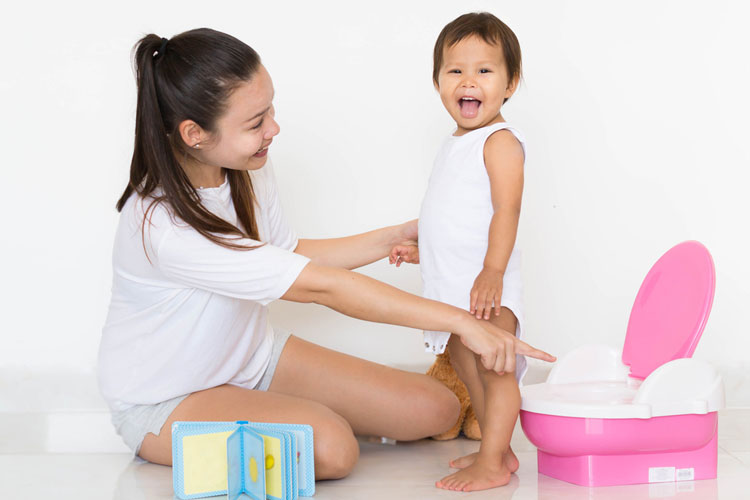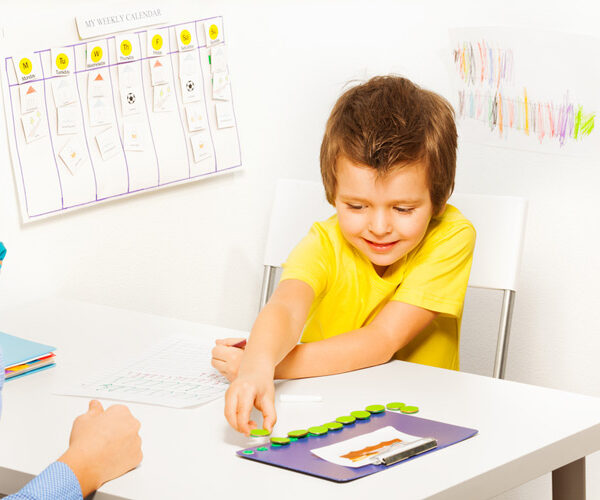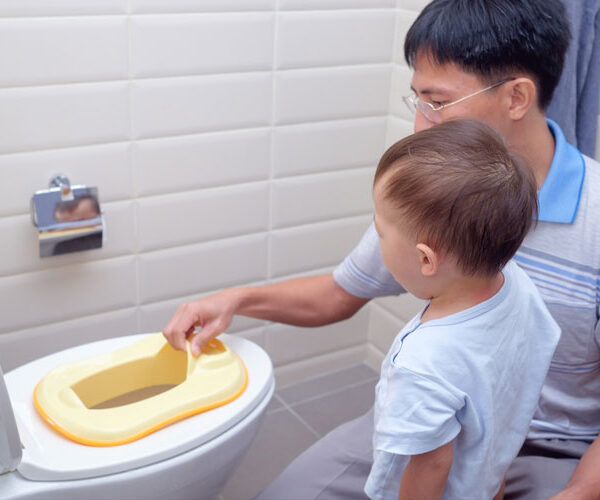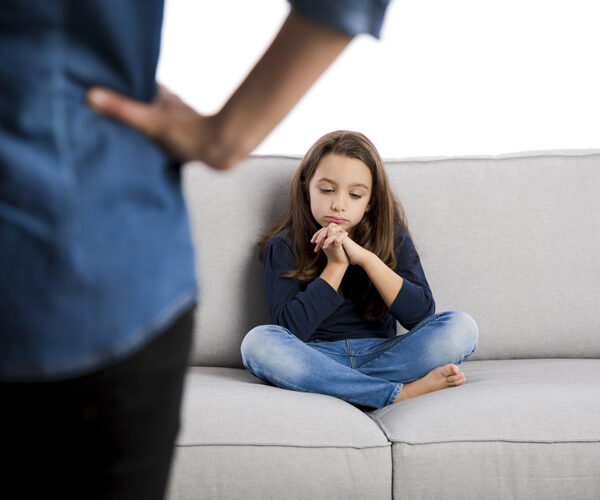Wetting or soiling one’s clothing is one of the most prevalent disorders of childhood. It can also be one of the most traumatic for school age children. For instance, “wetting pants in class” ranked third in survey of childhood fears, surpassed only by “losing a parent” and “going blind” (Ollendick, Kicg, & Frary, 1989). Although most children eventually achieve continence without formal intervention, some children require daytime toilet training in order to achieve it. Fortunately, ABA has a highly effective treatment for daytime incontinence. These ABA procedures are described below. Nighttime incontinence can also be effectively treated using a different set of procedures (available in an upcoming blog).
¶Rule Out Pathophysiological Causes. Consult an appropriate health care professional (e.g., pediatrician, urologist) to ensure that the child does not have a physiological disorder that should be treated before beginning formal toilet training.
·Determine Current Toileting Patterns. Record when and where (pants, diaper, toilet) the child urinates or defecates. Record this information for 10–14 days. During this time, do not make any changes in the child’s toileting routine.
¸Prepare for Daytime Toilet Training –
· Pick several days (e.g., long weekend, spring break) during which toilet training can take precedence over other planned activities.
· Choose a location for the toilet training close to the bathroom and use the same bathroom as much as possible.
· Have a variety of rewards available. Pick the child’s favorite foods, beverages, and activities. Withhold these beginning the day before the training actually begins. Once training begins, these should be given only after voiding in the toilet.
· Have all materials (e.g., underwear, rewards, towels, timer, data sheets, pencil) set out in a convenient place.
· Dress the child in a shirt and loose-fitting cloth pants or regular underwear. Pull-ups or diapers should not be used.
¹Create a Need to Urinate and/or Defecate –
· Give the child plenty of foods that loosen stools and/or create a need to urinate.
· Offer drinks every few minutes, as it is unlikely that the child will drink large amounts all at once. If appropriate, use caffeinated drinks such as soda because they have a diuretic effect.
· Offer salted chips, crackers, etc., to increase thirst.
ºConduct Dry Pants Checks
· Every 5 –10 minutes ask the child if his/her pants are dry while prompting him/her to feel his/her crotch area.
· If the child’s pants are dry, praise enthusiastically (“Yea! Your pants are dry!”) and give a favorite food or beverage reward.
· If his/her pants are wet or soiled, follow the “Accidents Procedure,” outlined below.
»Conduct “Potty Sits”
· Schedule toilet sits every half-hour (or anytime the child’s behavior indicates that (s)he needs to urinate or defecate).
· Rehearse successful daytime toilet training skills during each trip to the toilet (e.g., walking independently to the bathroom, pulling down pants, sitting on toilet, pulling up pants). Have the child do as much for himself or herself as possible.
· Make the toilet sits short (no more that 5 – 10 minutes). If you know that it has been quite a while since the last urination, make the time a bit longer to increase the chances of him/her voiding in the toilet.
· Follow with a small treat (e.g., a piece of candy) just for sitting. However, reserve the child’s most favorite rewards for actually voiding in the toilet.
· If needed, use a footstool to help the child get on and off the toilet, and for support while sitting.
· Remove distractions by limiting or removing toys, visitors, television, stories, and conversations.
· If the child urinates or defecates in the toilet, give very enthusiastic praise and immediately provide the most favorite reinforcers. Others in the house should immediately come and give praise, hugs, etc.
Contact Behavior Analysis Inc By filling out a quick form!







Recent Comments